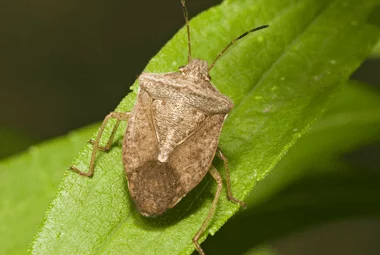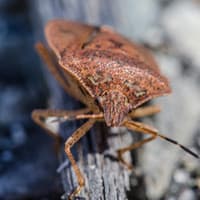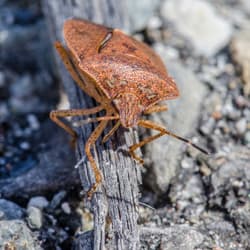Pest problems are a fact of life in Knoxville TN all year long. However, springtime sees an influx in pest problems every year. Do you get excited about warmer temperatures? Unfortunately, so do pests! Many types of pests and bugs that may have been less active in the winter months become more and more present this time of year. Since so many property owners already have spring cleaning plans in place, it’s the perfect opportunity to implement pest prevention measures into the mix. Keep reading for expert tips from the professionals at Russell’s Pest Control.
What Spring Pests Do You Need to Worry About?
Many of the below pests may be a nuisance all year long, but they’re especially troublesome in the spring. Even worse, this is just the beginning of pest season, meaning the problems will get worse and worse through the summer and even the fall! Some of the most common pests we get called about this time of year include:
What Can You Do to Prevent Spring Pests?
‘Tis the season for spring cleaning. Why not implement pest control measures while you’re at it? Some of our tips to prevent pests from finding your home the ideal place to infest include:
- Thoroughly cleaning your windows and doors. Seal any cracks or crevices.
- Deep-cleaning your carpets and rugs. Vacuum, shampoo, or even steam-clean the surface.
- Sanitizing and cleaning your kitchen with a focus on your appliances. Crumbs and spilled liquids will welcome all sorts of bugs and pests.
- Removing debris from your yard, and trimming any shrubs or tree branches away from your home. Clear out your gutters and downspouts.
- Keeping a tidy home at all times. Clean under furniture, wipe down surfaces, and inspect areas of your home that need some fixing up.
Year-Round Pest Prevention
Pests aren’t just a problem in the springtime, unfortunately. Here in Tennessee, pests can cause property owners a lot of frustration all year long. If you need help safeguarding your home against the threat of pests, the exterminators at Russell’s are here to help!



